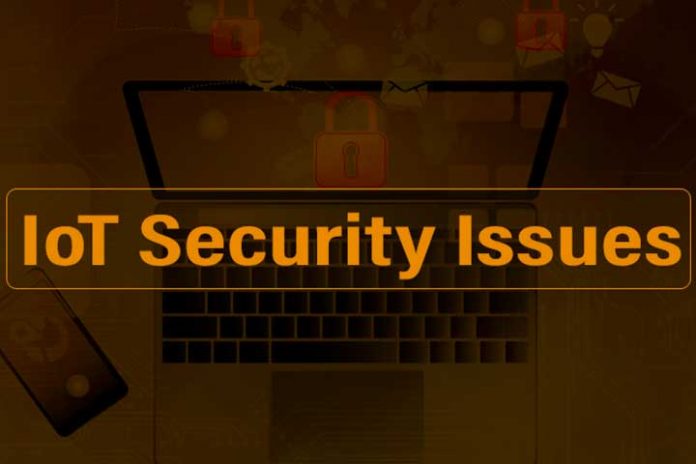Currently, the “invasion” of mobile devices is unstoppable. In fact, it is estimated that by 2021 there will be 3.5 billion people connected on social networks and through apps, and that they will be using or having access to 50 billion connected things. What is clear is that 2020 is being the year of the Internet of Things (IoT), a scenario marked by hyperconnectivity that will generate trillions of dollars of profits in world markets.
IoT has opened the door to exciting new business opportunities , helping companies benefit from new revenue streams developed by advanced business models and services. Innovations driven by this trend reduce task management time and increase return on investment, and this is where IoT has great potential to transform the way consumers and companies approach.
In fact, the Internet of Things allows for a wide variety of applications and individual devices, so network architects must pay attention to a wide combination of communication variables , power, bandwidth, reliability, cost, and more.
This deployment has caused IoT devices to present a new challenge for IT administrators today, as their communication requirements can be very different from those of typical PCs, tablets and smartphones currently connected to corporate networks.
Among the advantages that this type of device offers to companies, the following should be highlighted:
- Increase business opportunities
- Improved use of data and information
- More efficient processes
- Productivity growth
- Cost savings
But as an emerging technology, IoT has a downside: security. Business laptops or tablets share a network with these devices, many of which are connected without any type of control by the organization , since it may not even know their existence.
Dangers of IoT
The increase in the presence of these unauthorized devices that are added to the networks of the organizations, puts companies, their users and their clients in great danger, since many have very low levels of security.
A worldwide survey by Forrester found that 47% of companies that use the Internet of Things in their businesses experienced security problems. Specifically, in your business applications. Among the weaknesses that were found, the main ones were these: 80% of the computers use a simple password, 70% of the communication is not encrypted and that 90% of the firmware updates do not carry out effective signature verifications .
This data reveals that IoT devices that are not backed by efficient security measures present a significant entry point for cybercriminals on the network and pose a serious security risk for companies.
And the truth is that there are many ways that an attacker can access your data. The main points of attack in the IoT layers are: the devices, the network, the connections and the cloud infrastructure.
Precisely, the cloud is one of the environments where this danger is greatest , and in fact, some of the main forms of threat come from the company environment and the cloud to which smart devices are connected.
Essential Security Measures
Despite these threats, what is clear is that the Internet of Things opens up a panorama full of business opportunities and advantages for businesses, regardless of whether they are. Therefore, it would be foolish not to take advantage of the potential offered by this emerging technology.
Thus, the objective is not to stop using them, but to do so with the confidence that the connected devices and the data they generate are only accessible to authorized people and machines. In other words, implementing IoT solutions effectively means deploying them safely .
To this end, companies must immediately bet on including advanced tools to protect the integrity and confidentiality of their data in their strategies, which are capable of guaranteeing that the IoT infrastructures have the capacity to withstand all the risks posed by cybersecurity. .
The pillars on which IoT data and connected equipment must be based are:
- Hardware and software solutions integrated into devices
- IP protection
- Tools for data encryption
- Security advances in the cloud through licenses and access rights
All these efforts would be pointless without the backing of the manufacturers of these types of devices. Therefore, it is not only companies that have to bet on tools that effectively protect all their data, but IoT providers also have the responsibility to strengthen the security of their devices.


